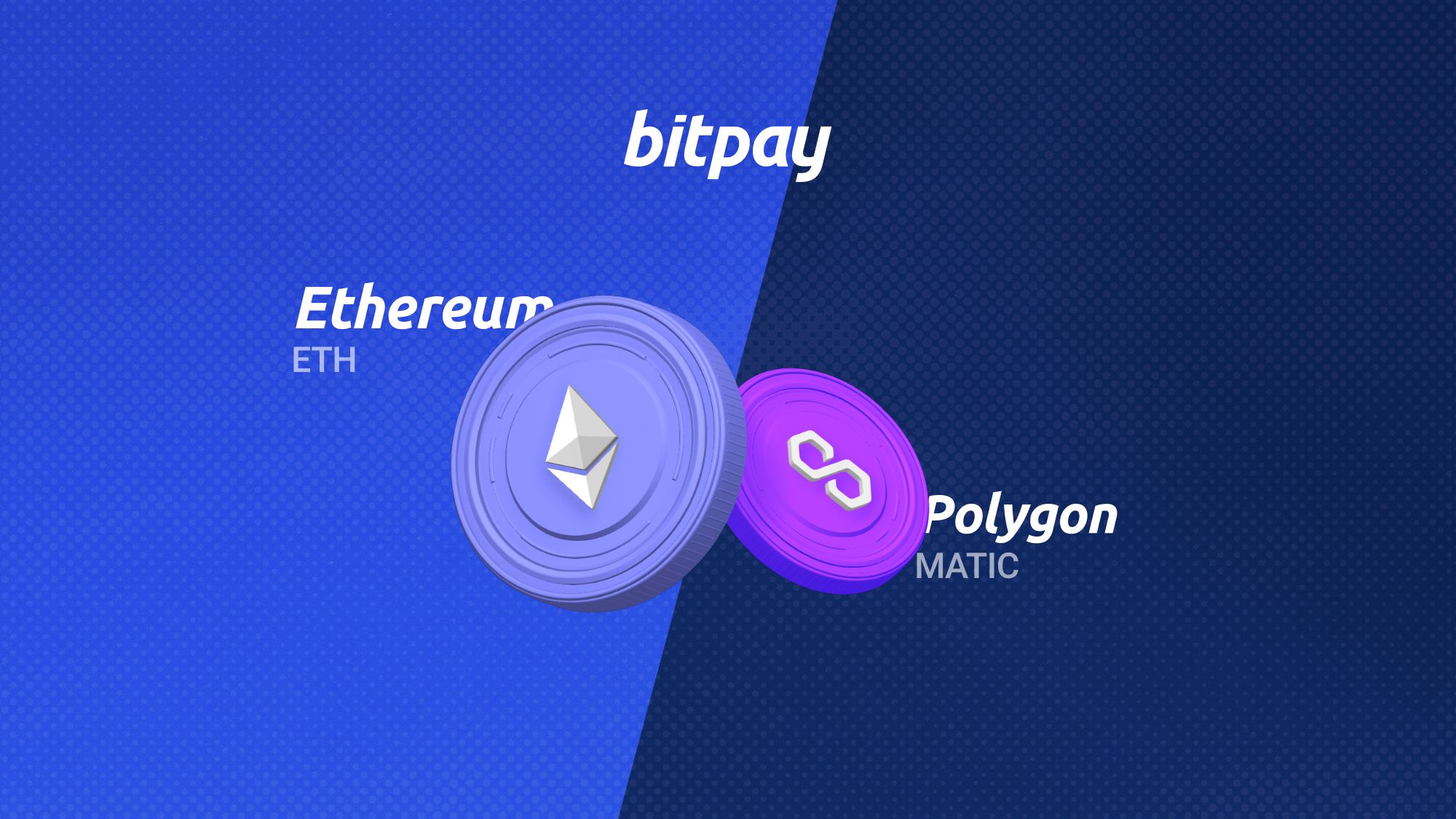Pi cryptocurrency
Cryptocurrency trading, or the buying and selling of digital assets like Bitcoin (BTC) and Ethereum (ETH), has emerged as a dynamic and potentially lucrative endeavor. As cryptocurrencies continue to captivate global interest and more institutional investors join the sector, cryptocurrency trading is gaining increasing popularity.< https://lise-dautry.com/ /p>
Keep in mind that in the world of investing, risks and potential returns often go hand in hand. Taking on higher risks might lead to greater potential returns, although it also raises the likelihood of losing your invested capital.
Diversifying your portfolio is one of the most popular fundamental tools to reduce your overall investment risk. You can hold a variety of different coins and tokens, keep each position at an appropriate size and constantly rebalance the portfolio, so you won’t be too heavily invested in any one asset. This can minimize the chance of oversized losses.
After you create an account, you can deposit fiat currency into your account. Most centralized exchanges allow users to deposit fiat via bank transfers, bank wires, or other common money transfer methods.
For beginners, a software wallet, often referred to as a hot wallet, is generally recommended. This type of wallet is user-friendly and easily accessible through desktop or mobile applications. It also offers a familiar and convenient user experience, and usually comes with customer support.
China cryptocurrency
While some jurisdictions, such as India, have amended existing laws, others, like Liechtenstein, have proposed bespoke models. Another approach, seemingly favoured by the European Union and UAE, proposes setting up entirely new regulators to deal with the industry in a comprehensive manner.
In the ashes of the 2008 global financial crisis, a mysterious person or group of people going by the name Satoshi Nakamoto created Bitcoin. Their aim was a more decentralized world, free from intervention by centralized institutions such as central banks. How a tool is adapted generally reflects the principle, not the tool, however – and the irony Satoshi’s original libertarian followers might have to swallow is that one of the most powerful centralized institutions in the world, PBOC (People’s Bank of China) – China’s central bank – could be adopting Bitcoin’s underlying technology, blockchain, to digitalize the RMB.

While some jurisdictions, such as India, have amended existing laws, others, like Liechtenstein, have proposed bespoke models. Another approach, seemingly favoured by the European Union and UAE, proposes setting up entirely new regulators to deal with the industry in a comprehensive manner.
In the ashes of the 2008 global financial crisis, a mysterious person or group of people going by the name Satoshi Nakamoto created Bitcoin. Their aim was a more decentralized world, free from intervention by centralized institutions such as central banks. How a tool is adapted generally reflects the principle, not the tool, however – and the irony Satoshi’s original libertarian followers might have to swallow is that one of the most powerful centralized institutions in the world, PBOC (People’s Bank of China) – China’s central bank – could be adopting Bitcoin’s underlying technology, blockchain, to digitalize the RMB.
Today, there are 18,142 cryptocurrencies, 460 crypto-exchanges and the market cap of cryptocurrencies amounts to $1.7 trillion. Every 24 hours, $91 billion worth of cryptos are traded, most of them Bitcoin or Ethereum.
Nevertheless, in spite of the political imperative, such a strict ban on cryptocurrency transactions will be very difficult to enforce. Capital flight, enabled by cryptocurrency transactions, is likely to continue. Time will tell how seriously the eventual economic impact will be.
Cryptocurrency
On October 31, 2008, Nakamoto published Bitcoin’s whitepaper, which described in detail how a peer-to-peer, online currency could be implemented. They proposed to use a decentralized ledger of transactions packaged in batches (called “blocks”) and secured by cryptographic algorithms — the whole system would later be dubbed “blockchain.”
Bitcoin is, in many regards, almost synonymous with cryptocurrency, which means that you can buy Bitcoin on virtually every crypto exchange — both for fiat money and other cryptocurrencies. Some of the main markets where BTC trading is available are:
Mining Bitcoins can be very profitable for miners, depending on the current hash rate and the price of Bitcoin. While the process of mining Bitcoins is complex, we discuss how long it takes to mine one Bitcoin on CoinMarketCap Alexandria — as we wrote above, mining Bitcoin is best understood as how long it takes to mine one block, as opposed to one Bitcoin. As of mid-September 2021, the Bitcoin mining reward is capped to 6.25 BTC after the 2020 halving, which is roughly $299,200 in Bitcoin price today.

On October 31, 2008, Nakamoto published Bitcoin’s whitepaper, which described in detail how a peer-to-peer, online currency could be implemented. They proposed to use a decentralized ledger of transactions packaged in batches (called “blocks”) and secured by cryptographic algorithms — the whole system would later be dubbed “blockchain.”
Bitcoin is, in many regards, almost synonymous with cryptocurrency, which means that you can buy Bitcoin on virtually every crypto exchange — both for fiat money and other cryptocurrencies. Some of the main markets where BTC trading is available are:
Mining Bitcoins can be very profitable for miners, depending on the current hash rate and the price of Bitcoin. While the process of mining Bitcoins is complex, we discuss how long it takes to mine one Bitcoin on CoinMarketCap Alexandria — as we wrote above, mining Bitcoin is best understood as how long it takes to mine one block, as opposed to one Bitcoin. As of mid-September 2021, the Bitcoin mining reward is capped to 6.25 BTC after the 2020 halving, which is roughly $299,200 in Bitcoin price today.
 English
English  Français
Français  Nederlands
Nederlands  Italiano
Italiano  Español
Español  Português
Português  Română
Română  Polski
Polski  عربي
عربي